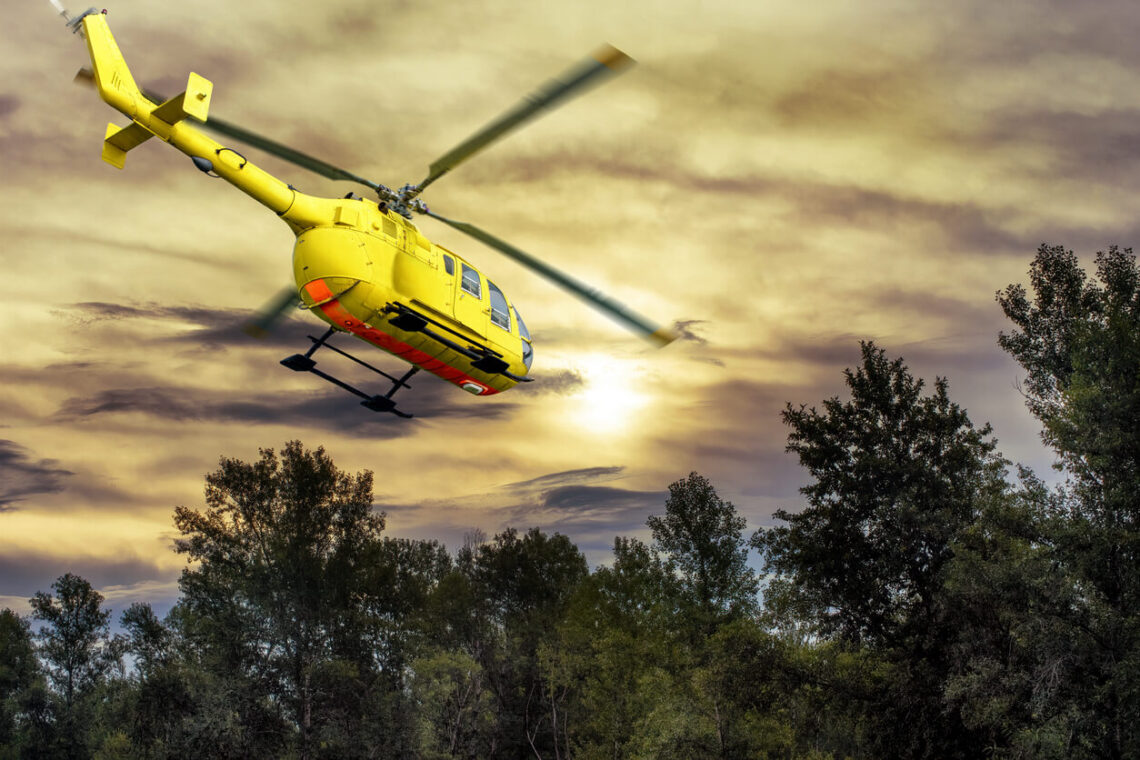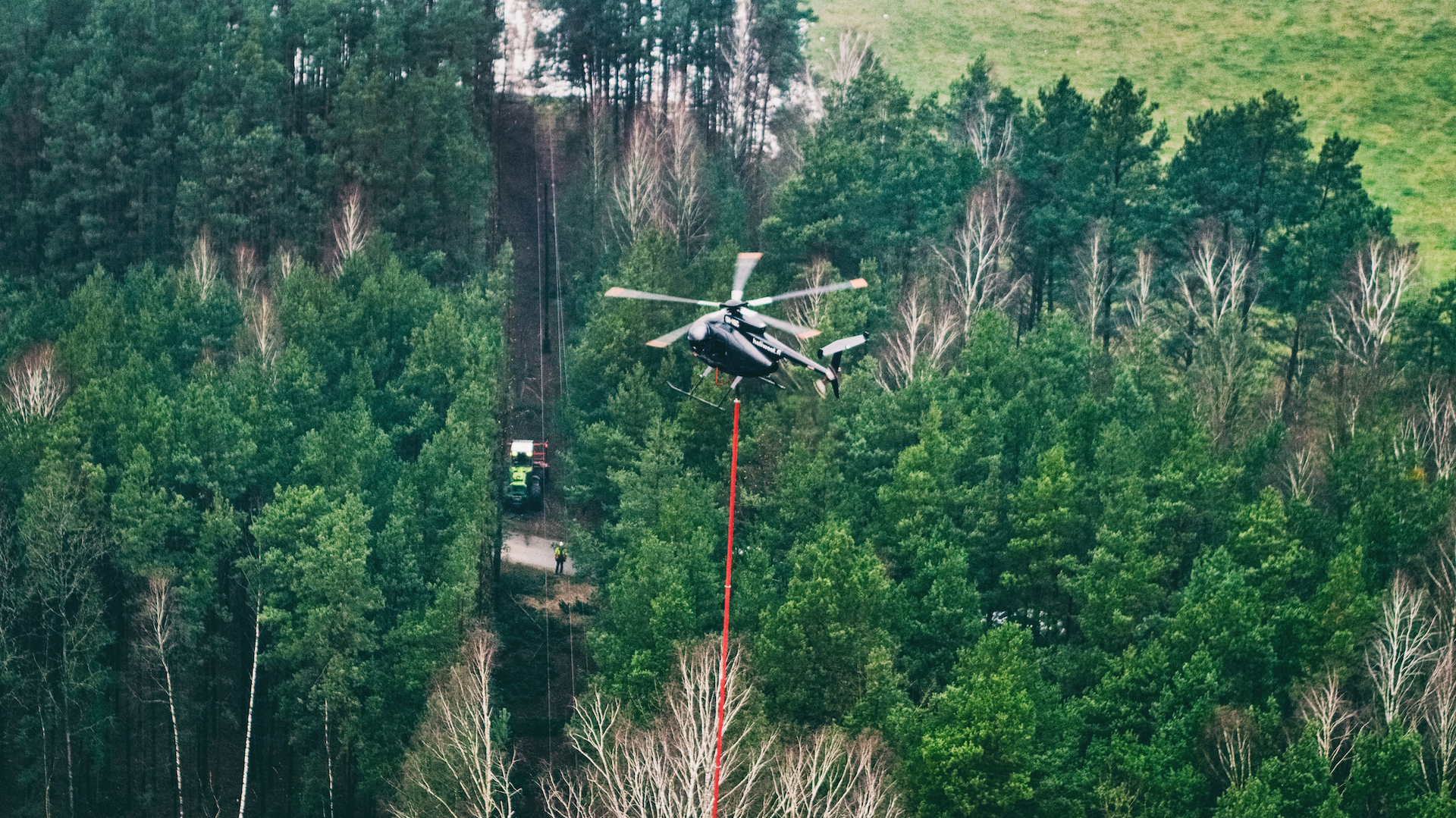Helicopter on man’s service
The helicopter that resembles the one we know today was created in the 1940s by the designer Igor Sikorski. Sikorski himself was called Mr Helicopter, and his machines produced in the USA revolutionised the aviation industry. What were they needed for? Need is the mother of invention. Helicopters were developed before and during the war, and the first prototypes capable of landing on submarines were created by German scientists. That’s history!
Today, helicopters are mainly associated with services to people: police or ambulance services. And rightly so, because if this machine rises into the air, it is only for a good cause.

Law enforcement officers use helicopters to monitor traffic, search for criminals and missing persons. Emergency rescuers use them to transport seriously injured people from inaccessible places.
Firefighters fly them when a widespread forest fire needs to be extinguished, and American farmers monitor herds in the large pasture lands of Texas.
Helicopters fly high with the record of over 8,000 metres, i.e. the height of Mount Everest. They can also hover very low, up to 3 metres above the ground, when an American cowboy sits at the controls and chases animals to the ranch. In addition, with a precision of a few centimetres and equipped with a 400 kg saw, the helicopters are able to trim trees adjacent to power lines. This method speeds up the work considerably. In favourable weather conditions, pruning that would normally take a week can be done in one day. It is also possible to cut a 4 km strip of trees in 4 hours, which would take a month without a helicopter.
A helicopter can be flown in for pruning or line inspection. According to the data of energy distributors, an average of 80,000 km of mains is flown annually using a helicopter. Mainly of medium voltage. This has been happening since at least 2008. Today, helicopters equipped with a navigation system, a number of visible band cameras, thermal imaging and a laser scanner (LIDAR) collect data as part of regular inspections and are an invaluable aid in the event of power cuts due to heavy snowfall or gusty winds.
The technology is common overseas and in Scandinavian countries, but it is also gaining popularity in Poland.

Energy operators emphasise that it is a cheaper, faster and safer method of conducting works. The pilot is primarily supported by a ground crew that secures the area. In case of danger, the saw can be detached from the machine. Environmentalists also support the use of a helicopter. As they emphasise, it does not destroy trees, unlike other methods of pruning.
In this way, engineer Sikorski, quite unknowingly, made his contribution to the protection of trees and today's transmission lines. Sikorski, and earlier Da Vinci, who sketched the first helicopter ahead of its time. So how can we not make use of something that came out of the hand of a master and, in place of the hard work of human hands, fulfils an economic purpose for a good cause? At this point we start the engine and get ready for take-off. See you in 4 hours and 4 kilometres.


